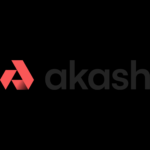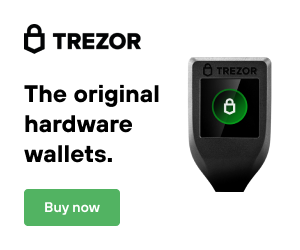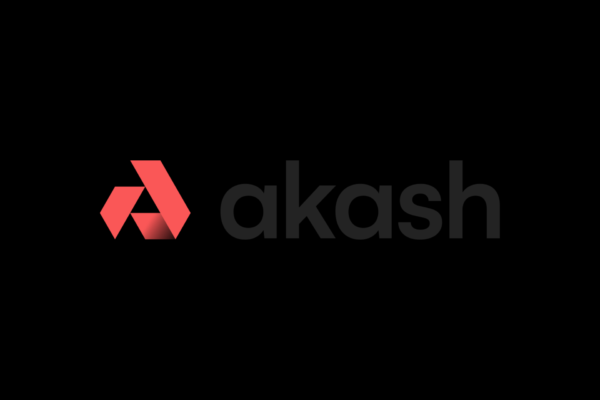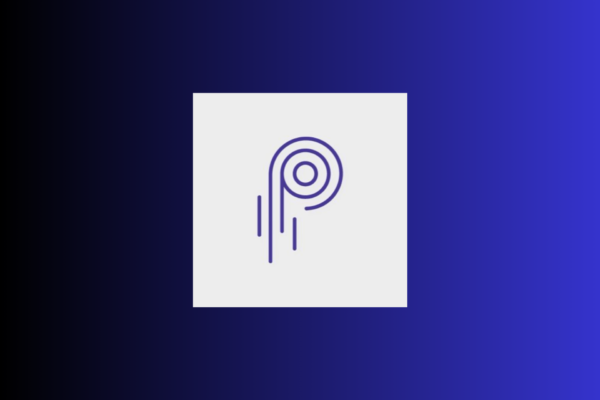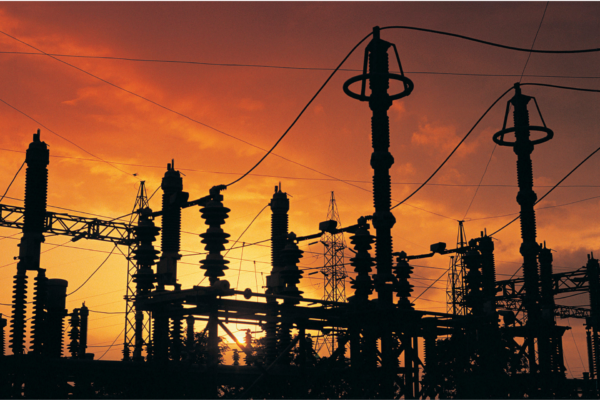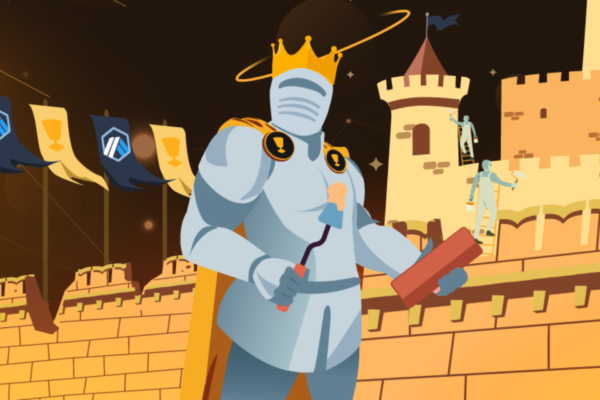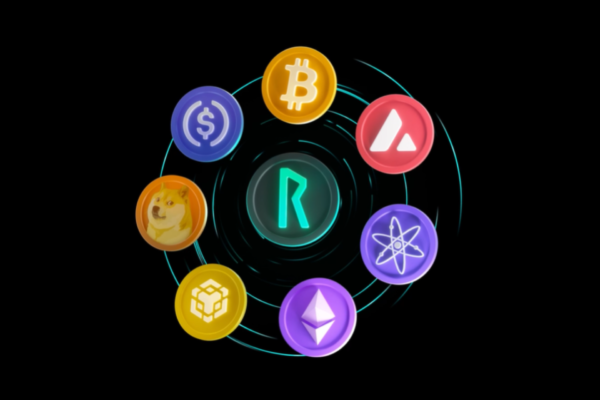This article reviews the updates that are coming with the impending Chainlink 2.0. Chainlink is the most powerful oracle in crypto.

Chainlink Recap
For a quick introduction to Chainlink check out our article [here]. Chainlink is the largest oracle within the crypto market. Oracles use data feeds to input data including price to networks. Oracle technology can take several data points from centralized networks, and average them, creating an accurate data feed for decentralized applications. Chainlink solved the early oracle problem by aggregating data from various sources. This helps avoid the previously common problem involving single points of failure.
Oracles are especially important for price feeds through the complex and interwoven blockchain technology. Bitcoin for example needs to display an accurate and stable price no matter what blockchain is in use. Chainlink validators take the price information and verify it amongst each other for accuracy, removing outliers. Despite the increasing ecosystem for Chainlink, and the steadily increasing value locked through the network, the LINK token has tremendously lagged behind other major crypto projects.
Chainlink also provides verifiable randomness which is important for fairness and NFT launches. Chainlink can provide proof of reserve, for example verifying the assets under management of Tether and or Circle (stable coins). Chainlink also provides the tools necessary for developers to provide off-chain resources or APIs, this could potentially impact voting/weather feeds in the future. [Chainlink site].

Chainlink 2.0
Since Chainlink price feeds have grown exponentially, the addition of proof-of-stake for the network will launch similarly to their early price feeds. Chainlink started with 3 pricing nodes to over 50, now boasting almost 1,000 pricing pairs (ex. USDT/ETH). See below for some key updates to focus on.
- Networks will be required to lock LINK tokens in order to maintain data feeds. The larger the feeds bandwidth, the more tokens will need to be locked. Failure to maintain the minimum locked tokens will result in a penalty taking away from LINK.
- Nodes run with a set of mathematically based standards. These nodes will be able to lock up LINK tokens and receive more tokens in reward to maintain these standards. Users will be able to delegate their stake to a validator, increasing retail participation.
- Inflation will be reigned in by a tapered reward schedule. This means that early stakers will receive the best rewards which will diminish over time.
- A node reputation system will be implemented, allowing delegators to scroll through validated/reliable nodes for staking. [1].

Chainlink will also upgrade the inherent technology of that the network provides. There are 7 key areas that will focus on these upgrades. I will focus on the most important in my eyes.
- Scaling- Chainlink strives to achieve immense scaling to all networks who wish to participate. With multi-blockchain deliveries, cost and efficiency will become more favorable. Chainlink Decentralized Oracle Networks (DONS) will add to the scalability since they will function much like a layer-2 for sets of blockchain functions.
- Cryptoeconomic Security- By increasing user fees for smart contracts, security will increase. Since attackers would need to spend large amounts of money to spam the network, these attacks would become more rare. Increased security would lead to increased use of the network, thus driving more fee usage.
- Fairness- A main feature of Chainlink is its verifiable-randomness mentioned above. Chainlink plans to increase network fairness by focusing on order fairness as well, which will prevent front running of the network. Perhaps the most exciting aspect of these updates is that it would make bots have a much harder time spamming transactions.
After reading the whitepaper, it appears that Chainlink has been working on this 2.0 overhaul for several years. Each section was well thought out and highly detailed. Validators will be highly incentivized to continue node operation. Retail will likely be highly incentivized to participate in staking as well. After all, Chainlink is one of the most used crypto protocols, and the tokens remains down almost 90% from all-time-highs. Please remember none of this is financial advice, stay safe out there.
[1] https://cryptoslate.com/chainlink-economics-2-0-roadmap-release-causes-link-to-spike-24/
Staking

